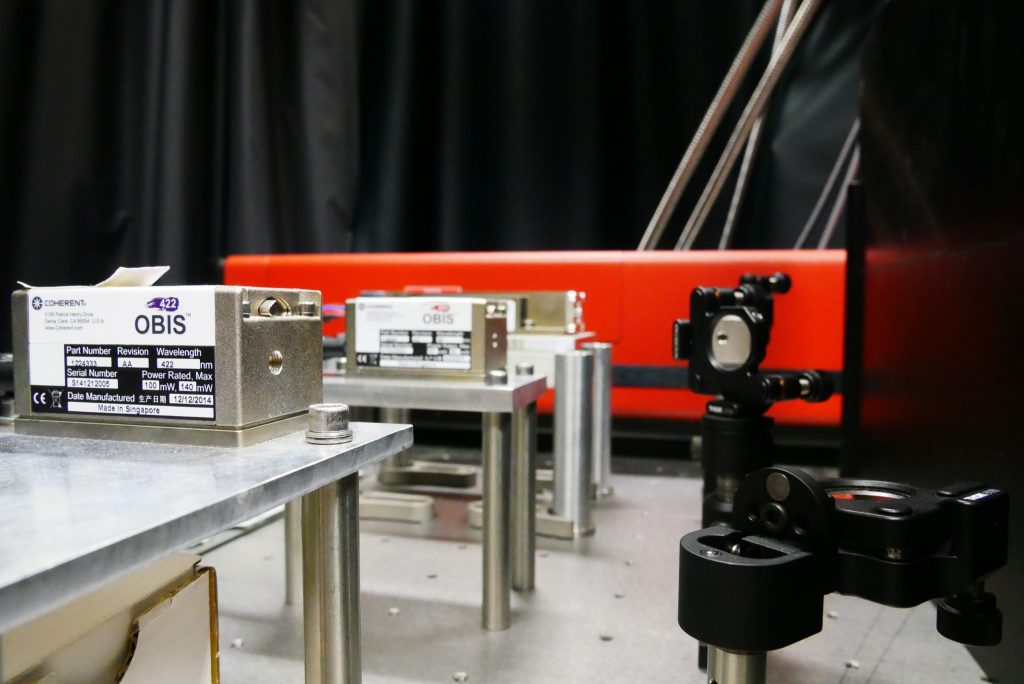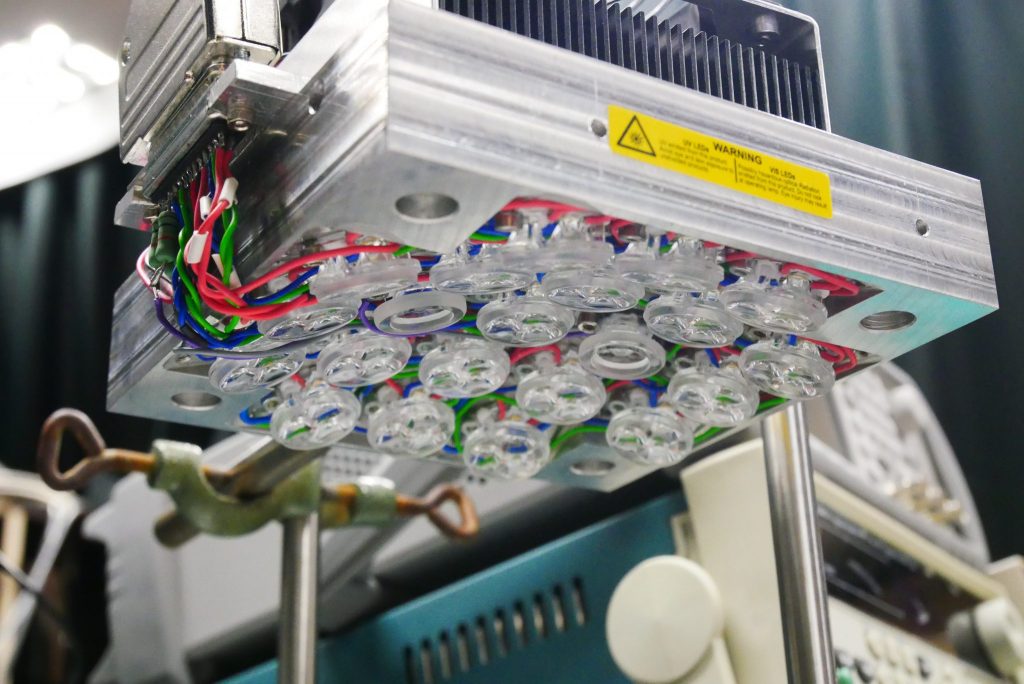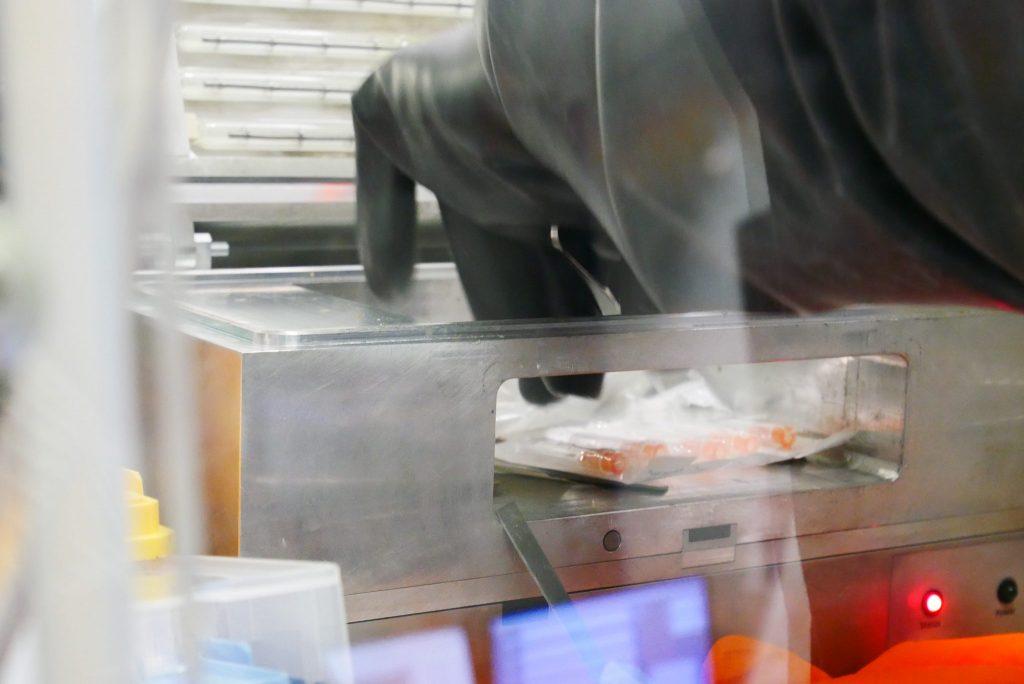Spectroscopy
Using optical and electrical spectroscopy in both the time and frequency domains provides a wealth of information into the optical, electronic, and dynamic properties of perovskite materials. Through steady state photoluminescence (ssPL) and absorption spectroscopy we can determine basic properties of a material, such as its band gap. We can also determine the dynamics of a system using time resolved photoluminescence (TRPL) techniques. Even though these are well known characterization methods, there are still several mysteries that need to be explained. Among these are the existence of Urbach tails and the line shape observed in ssPL measurements, and a model to quantify carrier dynamics changes from TRPL data.
We perform more advanced characterization techniques as well, such as transient photovoltage (TPV), temperature controlled ssPL, and electronic impedance spectroscopy (EIS). The complex nature of perovskite materials often leads to different experiments pointing towards mutually exclusive conclusions. Rectifying these seeming contradictions, is an active area of thought.

Stability
We have built a state-of-the-art long term performance monitoring setup mainly to study the performance of the solar cells wrt illumination, humidity and temperature. The setup can also be used to study the solar cell performance under different JV conditions. We study the effect of different mechanisms as well cell configuration on the long term stability of the solar cells. While then using the results obtained to further improve the life of our cells.

FIRA
The recently reported flash infrared annealing (FIRA) method is a rapid thermal annealing technique, which allows controlling several crystallization parameters, such as the in-plane size of the crystal domains. FIRA has recently been employed for the manufacture of highly crystalline organic-inorganic perovskite films and transparent inorganic conductive layers. FIRA has the potential for upscaling perovskite solar cells, combining large area film deposition with low thermal degradation.
